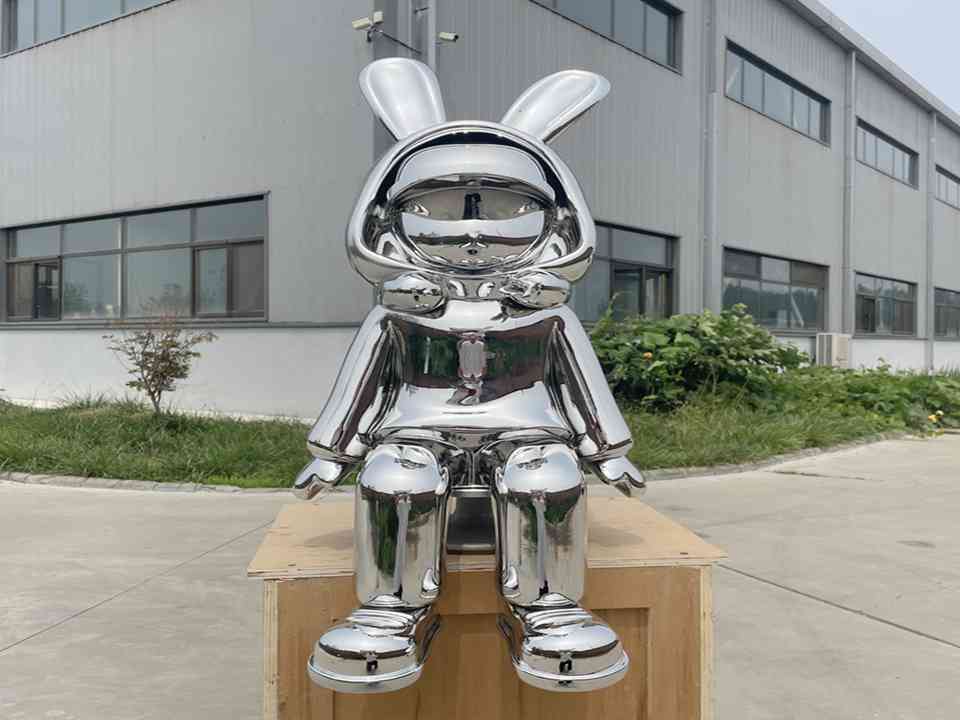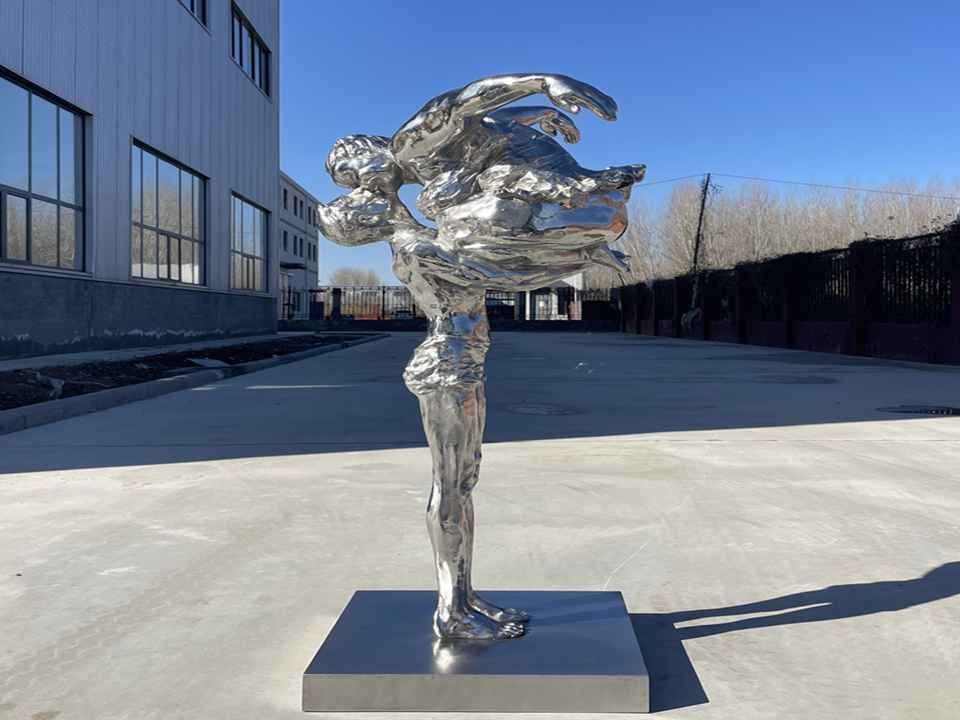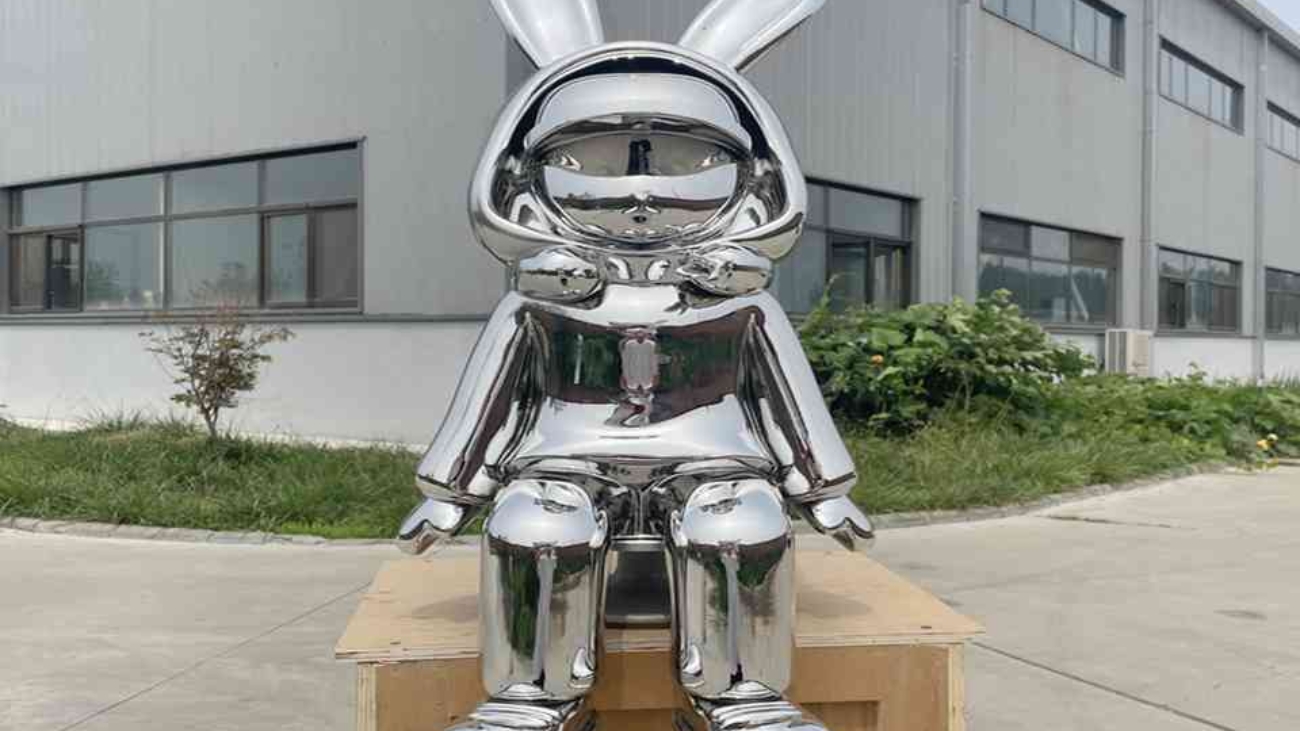Steel sculpture is a great example of how creative people can be because it combines rough, industrial materials with fine art. Steel is unlike clay or marble because it is strong, yet flexible, and has a modern appearance. The primary objective of this article is to demonstrate the distinctiveness of steel sculpture in comparison to other forms of modern art. It also talks about how steel sculpture has changed over time, how it is made, and what it means to people from different cultures.

A Brief History of Steel in Art
During the Industrial Revolution, artists began incorporating steel into sculptures by repurposing old metal components to satirize or commend industrialization. In the 1930s, Pablo Picasso and Julio González were two artists who tried to weld steel. This was a different way to work. By the middle of the 1900s, making sculptures out of steel had become a unique art for me. David Smith and Richard Serra are two artists who made us think about space in a new way with their large, geometric works. Steel sculpture is a kind of art that mixes abstract art with useful design. Many people use it in public to get others to join in.
How to turn an idea into steel
You need to have an idea before you can make a steel sculpture. A lot of the time, artists draw their ideas or use computer programs to figure out how big and strong things will be. You can pick between mild, stainless, and Corten steel based on how it looks and how long it will last. For example, Corten steel gets a patina that looks like rust over time. This makes shapes look more natural.
There are many ways to make things. Some artists use hammers and anvils to make steel, while others use newer tools like CNC plasma cutting or 3D printing. Welding is still a useful skill because you can use it to put metal parts together to make things. For instance, a sculpture that shows fluid motion might use curved, laser-cut panels and stiff welded joints to find a balance between chaos and order.
Steel Sculpture in Modern Settings
Steel sculptures in modern times are often more than just art; they become well-known places in cities. Tall steel buildings in cities like Chicago and Singapore show off the culture or environment of the area. A well-known example is Cloud Gate (2006) in Chicago. Anish Kapoor made this smooth structure out of stainless steel. It shows the skyline and makes people want to touch it.
People who like to collect things for themselves also like steel sculptures because they can be used in many different ways. Kinetic sculptures and other small things that move make homes and offices feel more alive. Customers can talk to the artist about their custom work to make sure it fits their style or the space they have.

Steel Art: New Ideas and Protecting the Planet
Artists are coming up with new ways to use scrap steel to make art that makes people t,h thinkas more people learn about the environment. This is good for the environment because it cuts down on carbon footprints and gives things a sense of history by showing how they were used in the past.
As technology gets better, there are more choices. Robotic arms help with very precise welding, and augmented reality (AR) tools let people see what sculptures will look like when they are finished before they are made. People can see steel sculptures more easily now that these new ideas are out there. This gives new artists a chance to show what they can do against famous ones.
Why Steel Sculpture Stays
It’s interesting that steel sculptures can change over time and are both strong and flexible. It can handle all kinds of weather, from the salty air by the ocean to the heat of the desert. This is why it’s great for outdoor displays. The surfaces that reflect light and shadow are always moving.
People who collect steel sculptures think they are a part of life today. Steel parts, on the other hand, can last for generations and still be strong. It lets artists ask people what they think about materiality and show that even the strongest materials can mean a lot to people.
What Will Happen to Steel Sculpture in the Future?
The lines between art and technology are getting less clear, so steel sculpture will probably start to use hybrid forms that mix AI-generated designs with traditional craftsmanship. But the main point is still the same: it’s a celebration of human creativity through a medium that is both harsh and inspiring. Steel sculptures are still interesting even when they’re in a park or garden. This shows that art and business can work together to change culture, not against each other.
Steel sculptures don’t change, but trends do. It reminds us that being strong and creative is the best way to get what we want.



Add a Comment